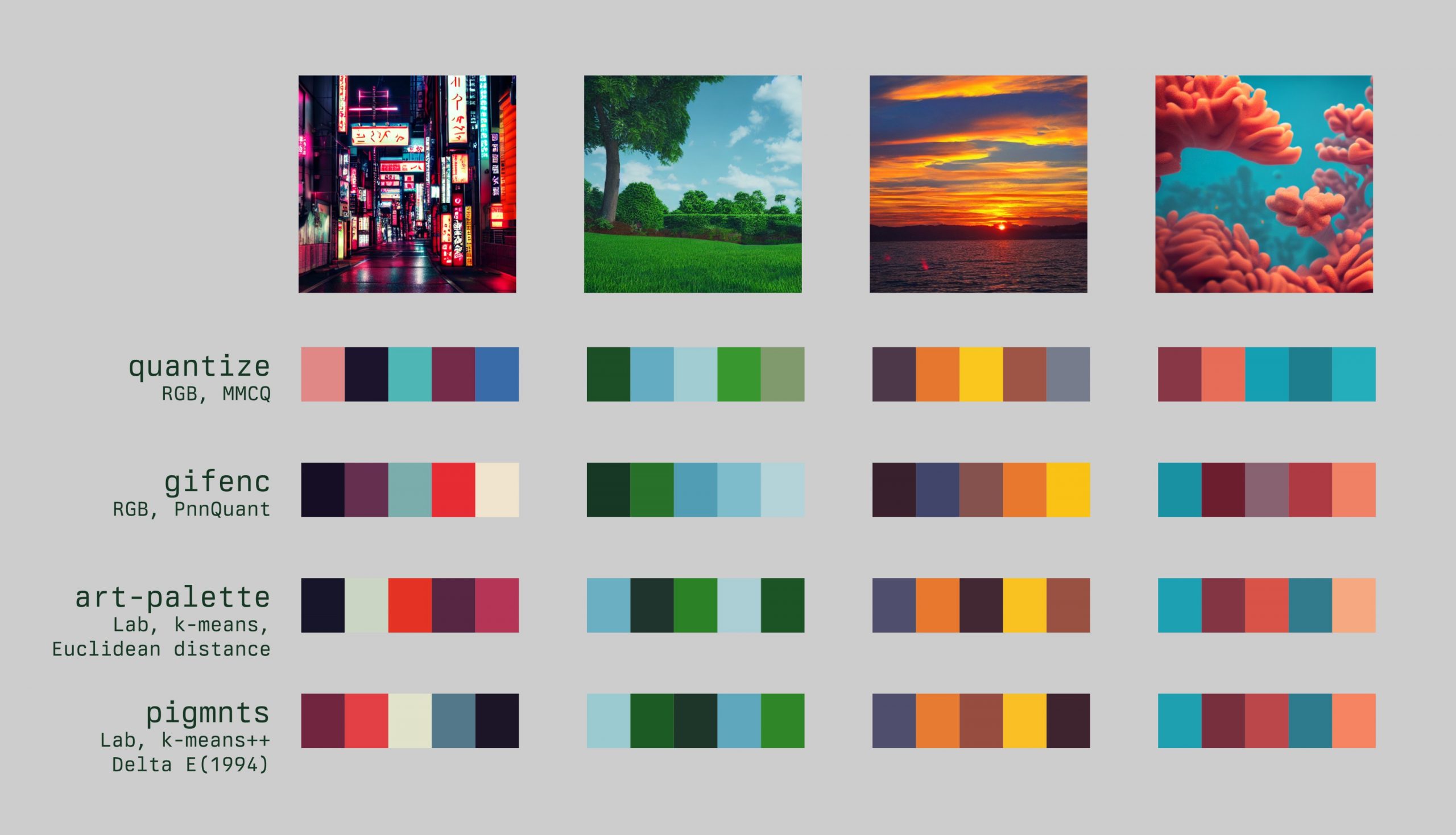Choosing the right color palette is essential when creating a portrait that truly captures the essence of your subject. The right colors can bring out the unique features of a person’s face, while the wrong ones can make the portrait look flat and lifeless. In this article, we will explore the magic of color and provide you with techniques for choosing the perfect color palette for your next portrait.
Understanding Color Theory
Before we delve into the techniques for choosing the right color palette for your portrait, it’s important to have a basic understanding of color theory. Color theory is the study of how colors interact with each other and how they can be used to create different moods and emotions. There are three primary colors: red, blue, and yellow. By mixing these primary colors together, we can create secondary colors: orange, green, and purple. Tertiary colors are created by mixing a primary and a secondary color together.
The color wheel is a tool used to help us understand color theory. It is a visual representation of the relationships between colors. Colors that are opposite each other on the color wheel are called complementary colors. Complementary colors can be used to create contrast in a portrait, making it more visually interesting.
Choosing the Right Colors for Your Portrait
When choosing the right colors for your portrait, there are several techniques you can use to create a harmonious and visually appealing color palette.
- Consider the Subject’s Skin Tone
The first technique is to consider the subject’s skin tone. Skin tone is an important factor to consider when choosing colors for a portrait. The wrong colors can make a person’s skin look sallow or washed out. The best colors for a person’s skin tone are often found in the same color family as their natural skin tone. For example, if your subject has warm, peachy undertones, you may want to choose warm colors like oranges, yellows, and browns.
2. Look at the Subject’s Eye and Hair Color
Another technique for choosing the right colors for your portrait is to look at the subject’s eye and hair color. These colors can provide inspiration for the overall color palette of the portrait. If your subject has blue eyes, for example, you may want to incorporate shades of blue into the portrait to make their eyes pop.
3. Consider the Mood of the Portrait
The mood of the portrait is also an important factor to consider when choosing colors. Different colors can evoke different emotions and moods. For example, warm colors like red and orange can create a sense of energy and excitement, while cool colors like blue and green can create a sense of calm and relaxation. Consider the overall mood you want to convey in your portrait and choose colors that complement that mood.
4. Use Color Schemes
Another technique for choosing the right colors for your portrait is to use color schemes. Color schemes are predesigned combinations of colors that work well together. Some popular color schemes include monochromatic, analogous, and complementary. Monochromatic color schemes use variations of a single color, while analogous color schemes use colors that are next to each other on the color wheel. Complementary color schemes use colors that are opposite each other on the color wheel.
Final Thoughts
Choosing the right color palette is an essential part of creating a successful portrait. By understanding color theory and using techniques like considering the subject’s skin tone and eye and hair color, considering the mood of the portrait, and using color schemes, you can create a harmonious and visually appealing color palette that truly captures the essence of your subject. Remember, the magic of color is in your hands.





Leave a Reply